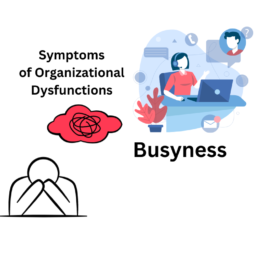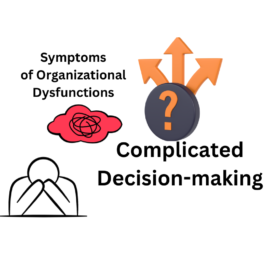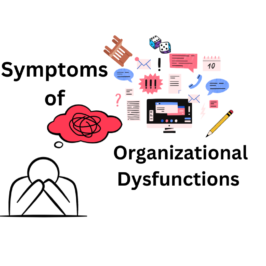In our thirteen years in business we’ve had a chance to work with many non-profit organizations in the Minneapolis area. We particularly enjoy doing work that helps to empower underserved communities. Our ongoing work with Hmong American Partnership (HAP) allows us to do that. HAP is a social service and community development organization. Recently they wanted us to develop a curriculum about “Starting a Farm Business”. The curriculum would provide would-be and experienced farmers with the knowledge and skills they need to develop/grow their small farm business. HAP had taught some farming courses in the past and wanted to formalize and standardize the curriculum and offer it to a wider audience, including organizations in other states.
Laura Yoshitani, a Workplace Effectiveness Consultant who has subcontracted with us before, was immediately put on the project. Laura helps organizations succeed through their people. Her workplace effectiveness services range from learning and development initiatives, to process improvement, to employee engagement.
The target audience for the curriculum included multiple Southeast Asian groups, like Bhutanese, Burmese, Hmong, and Karen. Laura and I knew that merely presenting the content in a mainstream manner would not enhance learning. Most of the participants were immigrants, and English was not their first language. Here are a few tips we incorporated into the curriculum to make it effective for this audience:
- Organizing content into short lessons to allow time for language translation.
- Using lots of pictures in the presentation slides and participant materials.
- Replacing business and technical terms with the simplest words possible.
- Using culturally-appropriate stories and comparisons to explain complex concepts.
- Incorporating hands-on activities, such as setting up a farm market display.
- Allowing learners to do activities with others who speak the same language in order to encourage discussion and minimize translation time.
When effectively designed, with the context and the audience’s culture in mind, structured learning can be the first step in creating opportunities for underserved communities.






